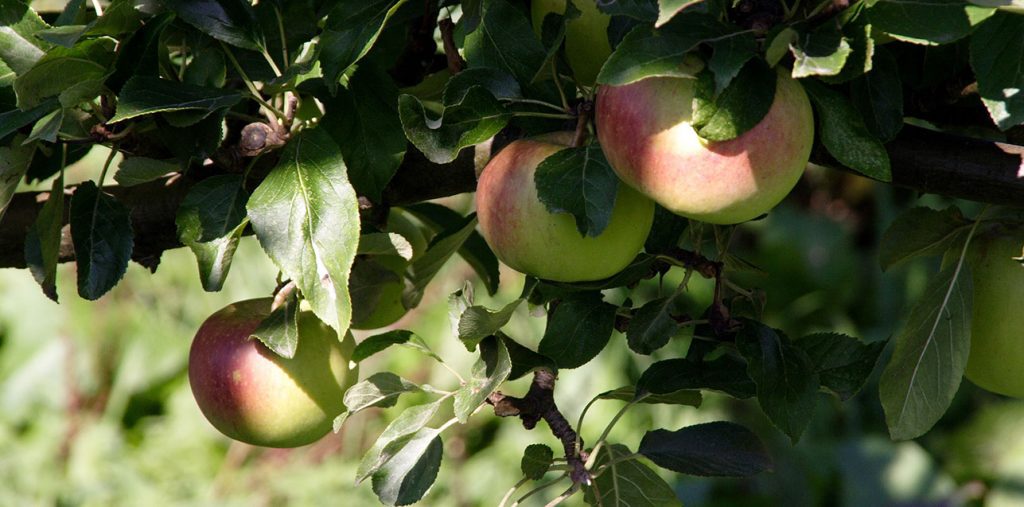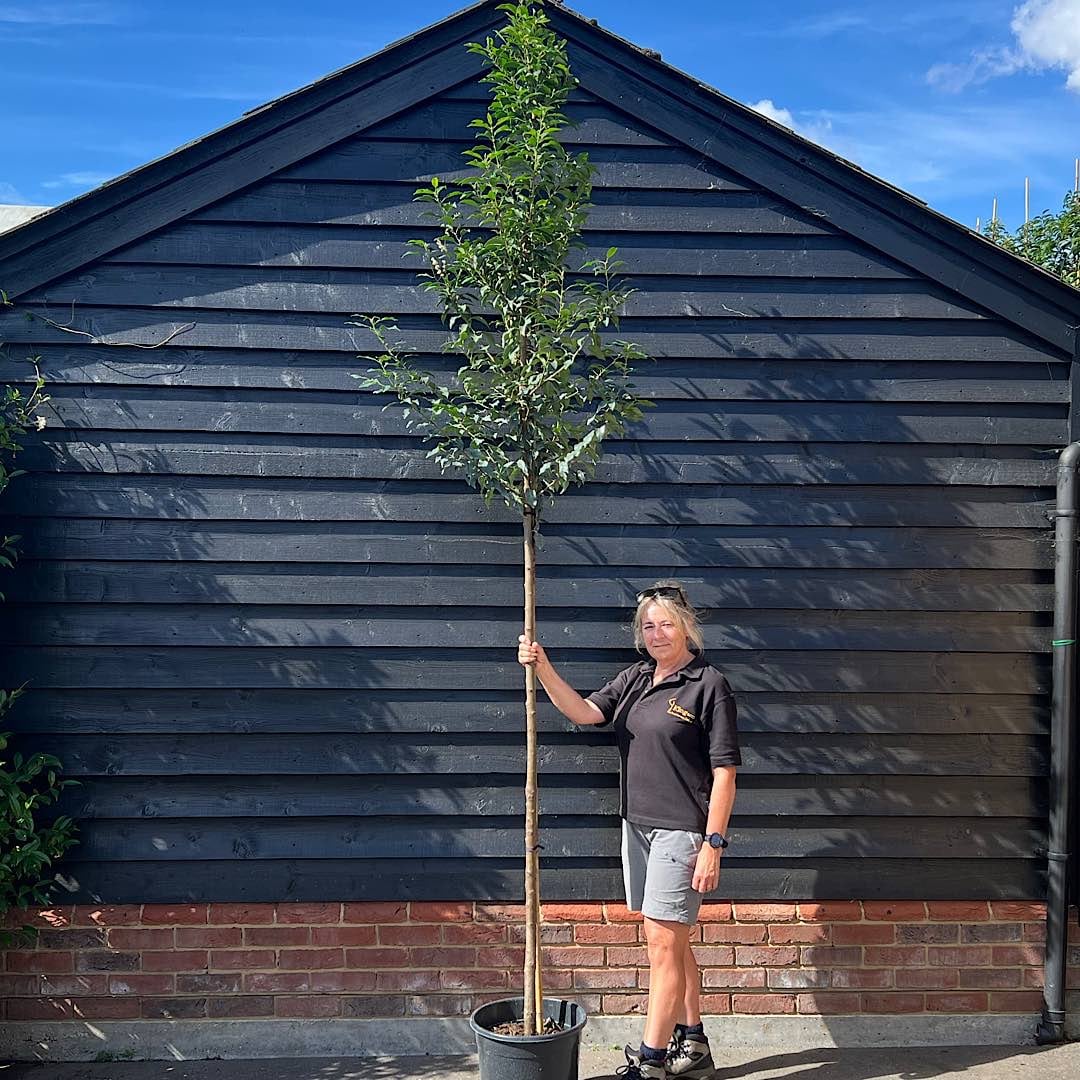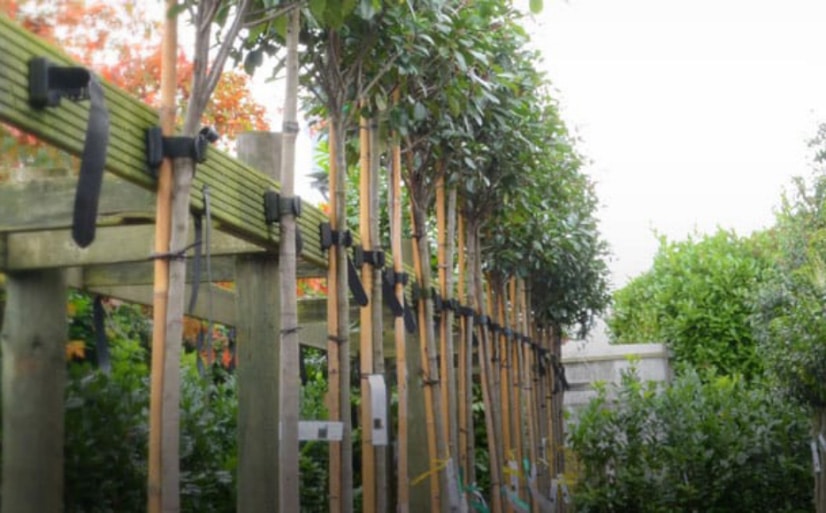Portuguese laurel (Prunus lusitanica) is one of our top picks for screening and hedging. Its dense, glossy foliage creates instant privacy and structure. Even better, it holds its leaves all year, keeping gardens green through every season. In this guide to Portuguese laurel we’ll show you why it’s a must-have for any garden.
About Portuguese laurel
Portuguese laurel has dark green, slightly glossy leaves that grow from young stems with a purple tint. In spring, it produces clusters of fragrant white flowers that contrast beautifully with the foliage. By autumn, small purple fruits appear, adding seasonal interest. This plant grows with a naturally dense habit and can reach 6–8 metres when mature. Although it grows more slowly than Cherry laurel, it holds its form well with minimal pruning. Yearly clipping will help to maintain a clean, solid shape. At King & Co, we offer Portuguese laurel in tree, hedging, and ball forms…
Standard Trees
Our current stock of Portuguese laurel features a clear stem of around 1.6m, with a dense head of foliage measuring 90–110cm. This sits neatly above a standard 6ft fence, creating a stilted hedge that adds height and privacy without taking up much ground space.
These trees are perfect for screening unwanted views, such as neighbouring windows, satellite dishes, or extensions. For a continuous screen, we recommend planting them 1.2–1.5m apart. However, you can also use a single tree in a key spot to block a specific view.
Hedging Plants
We also stock hedging plants that are branched from ground level. These hedging plants are ideal for marking garden borders, softening fence lines or screening low-level views like roads and footpaths. They clip easily into a neat, formal hedge but also look great when left slightly looser for a more natural feel.
Available sizes (left to right): 80–100cm, 1.2–1.4m and 2–2.25m tall



Clipped balls
Clipped balls are perfect for adding year-round structure, form and interest to any garden. They work well in formal designs, on either side of a doorway or path, or as standalone features in beds and borders. They’re also great for softening hard landscaping, adding rhythm to planting schemes, or creating focal points in modern or traditional settings.
Portuguese laurel is great for this as it holds a neat, rounded shape with minimal maintenance. It also tolerates regular clipping, so it’s easy to keep them looking crisp and defined throughout the year!







